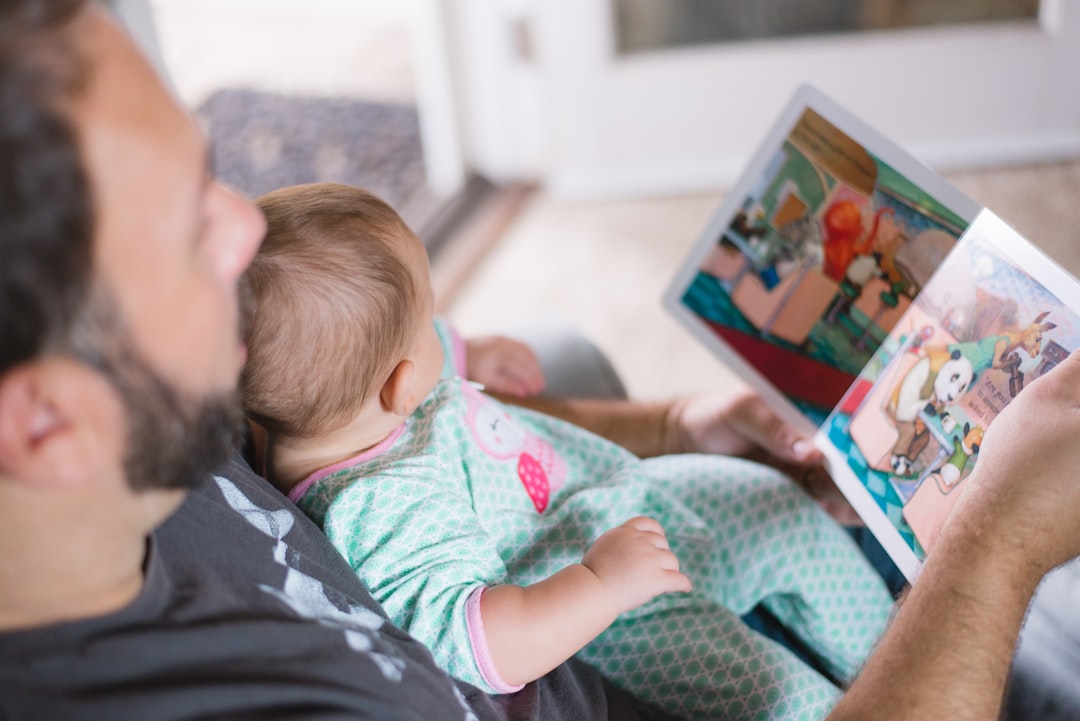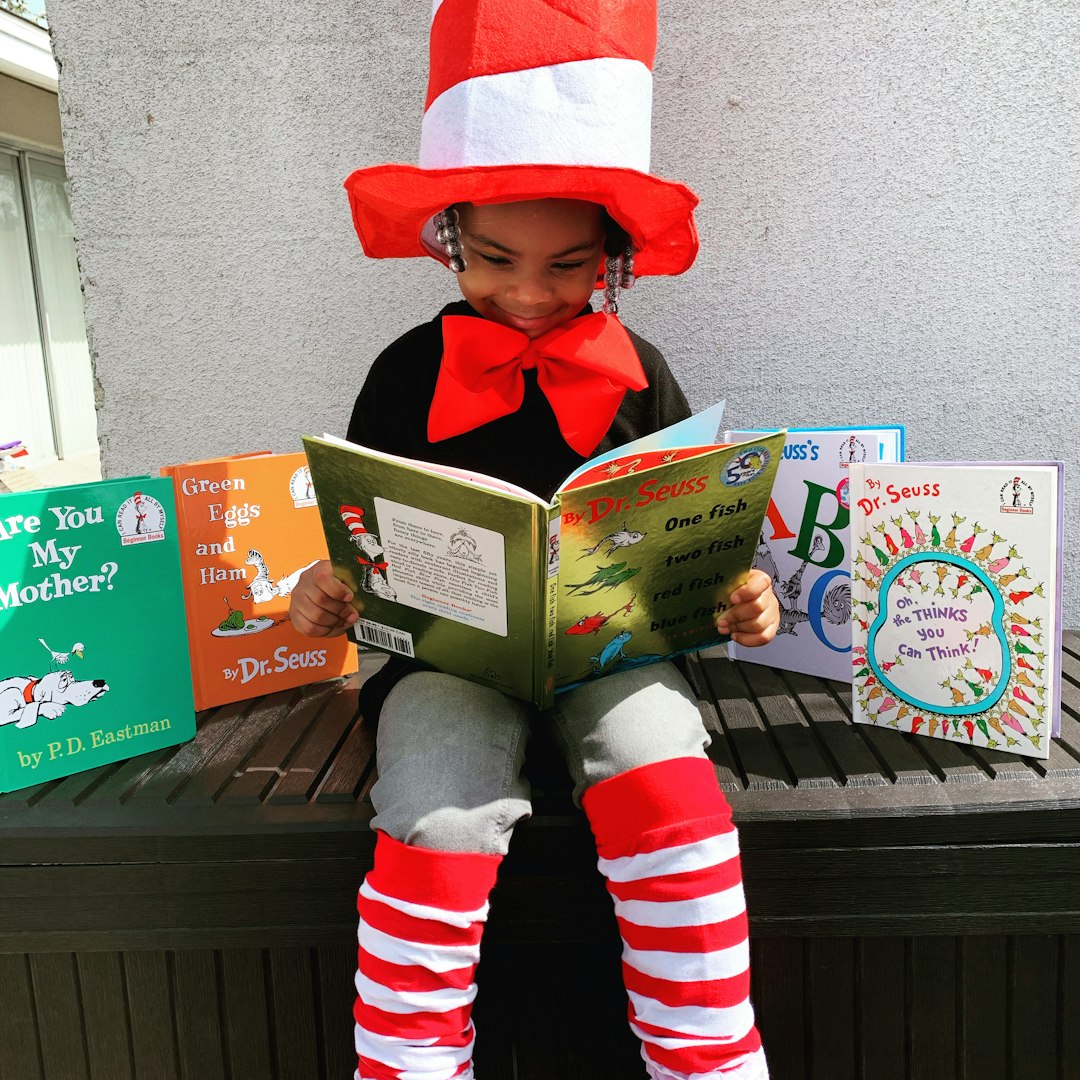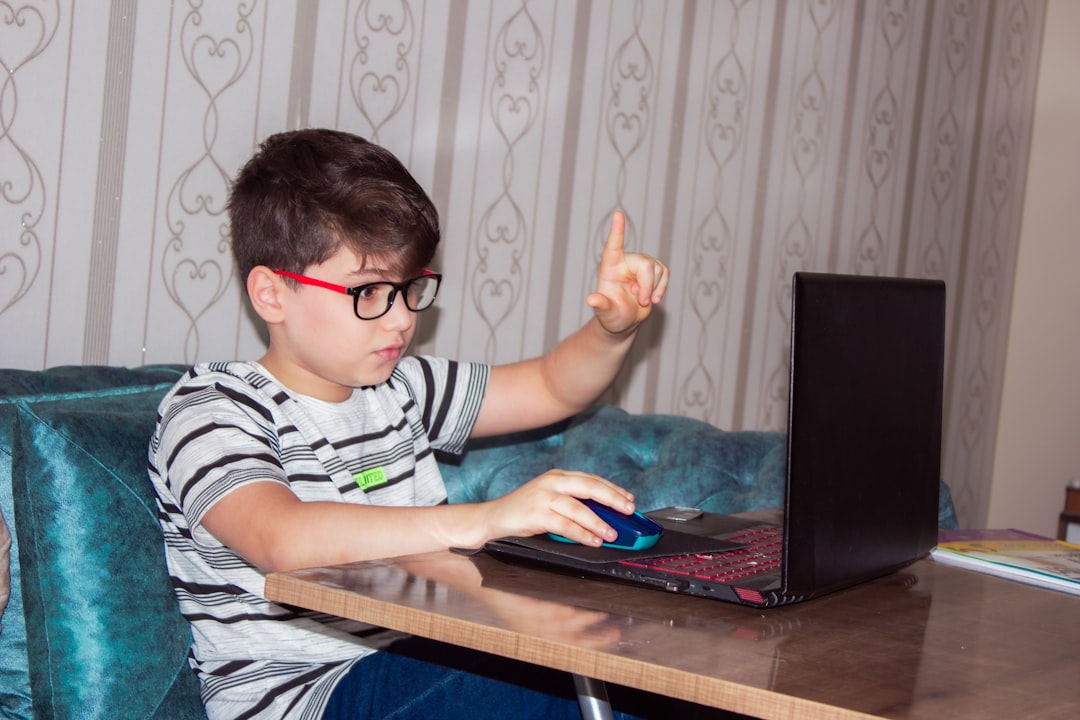
5 healthy homemade snacks for preschoolers
As a parent, it can be challenging to find healthy snacks that your preschooler will enjoy. With so many processed and sugary options available, it's important to provide nutritious alternatives that will keep your child energized throughout the day. Here are five easy and healthy homemade snacks that your preschooler will love:
1. Fruit Kabobs
One of the simplest and most fun snacks for preschoolers is fruit kabobs. Simply chop up a variety of colorful fruits such as strawberries, grapes, pineapple, and melon into bite-sized pieces. Thread the fruit onto skewers and serve them as a colorful and tasty snack. This snack is not only visually appealing but also packed with essential vitamins and minerals.

2. Veggie Sticks with Hummus
Another great option is veggie sticks with hummus. Slice up crunchy vegetables like carrots, cucumbers, and bell peppers into sticks. Pair them with a creamy and nutritious hummus dip. Hummus is rich in protein and fiber, making it a filling and healthy snack for your little one. This snack is a great way to introduce your preschooler to different vegetables and encourage them to eat more greens.

3. Yogurt Parfait
A yogurt parfait is a delicious and nutritious snack that your preschooler will enjoy. Layer Greek yogurt with fresh berries and a sprinkle of granola or crushed nuts for added texture. Greek yogurt is high in protein and calcium, while berries provide essential vitamins and antioxidants. This snack is not only tasty but also helps to support your child's growth and development.

4. Homemade Trail Mix
Trail mix is a versatile and portable snack that is perfect for preschoolers. Create your own mix by combining a variety of nuts, seeds, dried fruits, and whole-grain cereal. This snack provides a good balance of healthy fats, protein, and carbohydrates, keeping your child satisfied between meals. Also, it is easy and fun to eat! Be mindful of any allergies and choose ingredients accordingly.
5. Mini Whole Wheat Pizzas
Who doesn't love pizza? Create a healthier version by making mini whole wheat pizzas at home. Use whole wheat pita bread or English muffins as the base, and top them with tomato sauce, a sprinkle of cheese, and a variety of colorful veggies. Bake until the cheese is melted and bubbly. This snack provides a good source of fiber and essential nutrients while satisfying your child's pizza cravings.

With these five healthy homemade snacks, you can ensure that your preschooler gets the nutrition they need while enjoying tasty treats. Remember to involve your child in the preparation process, as this can help them develop a positive relationship with food and encourage them to try new things. Happy snacking!
Warmly,












































